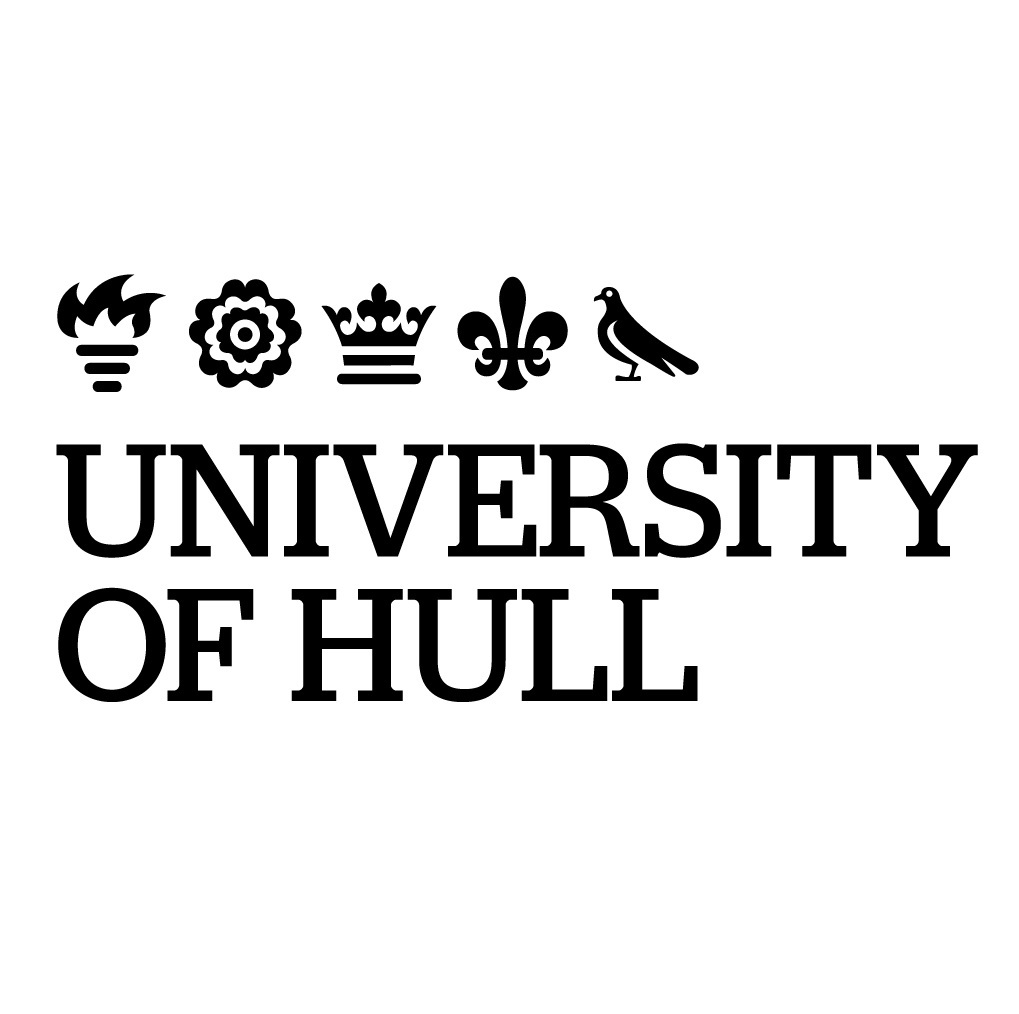The project
An efficient source of renewable energy, which is increasingly the preferred solution for realising Britain’s short- and long-term energy ambitions, is offshore wind. While Britain is presently the global leader in offshore wind energy, the national target set by the UK government to increase the installed capacity of offshore wind energy from approximately 10 GW in 2020 to 40 GW in 2030 demonstrates the strategic importance of this clean source of energy for the UK’s energy mix
Offshore wind turbines (OWTs) are typically designed for 20-25 years of operation. One of the main barriers for extending the operational lifespan of OWTs beyond 25 years is the evolution of corrosion-fatigue damage due to the constant exertion of wind, wave and current variable amplitude forces in the highly corrosive environments. The overall aim of this project is to develop permanent additively manufactured protective layers, as a novel coating technology, in the critical areas of offshore wind turbine (OWT) support structures. This will extend the lifespan, optimise and reduce the number of frequent inspections and deliver a direct beneficial impact on Operations and Maintenance (O&M) costs of OWTs.
Dr Ali Mehmanparast - Principal Investigator
Dr Mehmanparast is a Senior Lecturer in Structural Integrity, Manager of the Structural Integrity Laboratory and Manager of the Cranfield-Oxford-Strathclyde Universities Renewable Energy Marine Structures (REMS) Centre for Doctoral Training. He sits on the Engineering Integrity Society (EIS) Durability and Fatigue Committee and the UK Forum for Engineering Structural Integrity (FESI Council). Dr Mehmanparast is a Chartered Engineer (Institution of Mechanical Engineers-IMechE), Chartered Manager (Chartered Management Institute-CMI) and a Fellow of the Higher Education Academy. He is an Editorial Board member of two leading international journals of "Materials at High Temperatures" and "Journal of Multiscale Modelling".
His current research interests are: Life Prediction and Extension of Engineering Structures; Numerical and Experimental Fracture Mechanics; Fatigue, Corrosion-Fatigue, Creep and Fracture; Residual Stress Measurement; Advanced Finite Element Modelling; and Structural Integrity of Additive Manufactured Parts.











